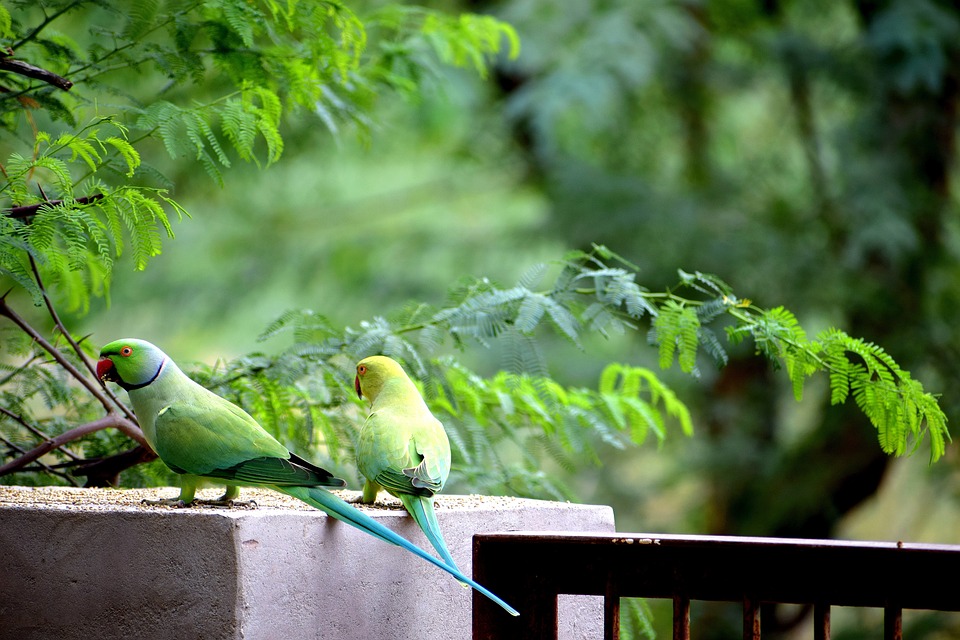Parrots are fascinating creatures known for their intelligence and ability to mimic human speech. Many parrot owners are eager to teach their feathered friends to talk on cue or vocalize phrases on command, as it can be both rewarding and entertaining. If you’re looking to embark on this training journey with your parrot, you’ve come to the right place. In this ultimate guide to effective parrot training, we will explore techniques and strategies to help you achieve success.
Understanding Parrot Vocalization
Before diving into training techniques, it’s important to understand the nature of parrot vocalization. Parrots use vocalization as a means of communication, expressing their needs, emotions, and establishing social bonds. By recognizing natural vocal behaviors, such as screeching, whistling, or mimicking sounds, you can better understand your parrot’s communication style.
Creating a Positive Learning Environment
To effectively train your parrot, it’s crucial to establish trust and bonding. Spend quality time with your parrot, engaging in activities that promote a strong relationship. Providing a safe and stimulating environment is also essential for your parrot’s overall well-being and learning experience. Make sure your parrot has plenty of toys, perches, and mental stimulation to keep them happy and engaged.
Positive Reinforcement Techniques
Positive reinforcement is key to successful parrot training. Use rewards, such as treats or praise, to reinforce desired behaviors. When your parrot vocalizes a word or phrase on cue, immediately reward them with a treat or verbal praise. This positive association will encourage your parrot to continue vocalizing on command.
Basic Steps to Teach Your Parrot to Talk on Cue
Building vocabulary is the first step in teaching your parrot to talk. Start with simple words or phrases that are easy for your parrot to imitate. Repetition and consistency are crucial during this phase. Practice the chosen words or phrases multiple times a day, ensuring your parrot hears them clearly and consistently.
Associating Words with Actions or Objects
To enhance your parrot’s understanding of words, associate them with specific actions or objects. For example, when teaching your parrot to say “hello,” say the word while waving your hand. This visual cue will help your parrot grasp the meaning behind the word.
Using Clicker Training to Reinforce Desired Behavior
Clicker training is a useful technique in parrot training. The clicker serves as a marker to indicate to your parrot that they have performed the desired behavior correctly. Pair the clicker sound with a reward, such as a treat, to reinforce the behavior. With consistent clicker training, your parrot will learn to associate the sound with positive outcomes and will be more likely to repeat the desired behavior.
Advanced Techniques to Enhance Parrot Vocalization
Once your parrot has mastered the basics, you can move on to advanced techniques to enhance their vocalization skills. Train your parrot to vocalize on command by associating a specific cue, such as a hand signal or verbal command, with the desired vocalization. You can also develop a unique vocabulary for your parrot by introducing new words or phrases regularly.
Troubleshooting Common Challenges
During the training process, you may encounter common challenges such as shyness or fearfulness, stubbornness, or excessive vocalization. Addressing these challenges requires patience and understanding. Gradually introduce your parrot to new situations and people to build their confidence. Use positive reinforcement to encourage desired behaviors while redirecting or ignoring unwanted behaviors.
Frequently Asked Questions (FAQs)
To address common concerns, we’ve compiled a list of frequently asked questions:
1. Can all parrot species learn to talk? While many parrot species have the ability to mimic human speech, individual parrots may vary in their aptitude for vocalization.
2. What age is best to start teaching my parrot to talk? It’s best to start training your parrot at a young age, as they are more receptive to learning during their early developmental stages.
3. How long does it take for a parrot to learn to talk? The learning process varies for each parrot. Some may start vocalizing within a few weeks, while others may take several months to develop their talking skills.
4. How do I prevent my parrot from picking up undesirable words or phrases? Be mindful of the words and phrases you use around your parrot, as they have a knack for picking up and mimicking sounds. Avoid using inappropriate or offensive language in their presence.
5. Can I teach my parrot to talk if it is not hand-raised? Yes, parrots that are not hand-raised can still learn to talk. Patience and consistent training techniques are key to their success.
Conclusion
Teaching your parrot to talk on cue or vocalize phrases on command is an exciting journey that requires patience, consistency, and positive reinforcement. By creating a nurturing environment, building trust with your parrot, and utilizing effective training techniques, you can unlock your parrot’s inner chatterbox. Remember, every parrot is unique, so embrace their individuality and enjoy the process of training your feathered friend to become a skilled talker.









